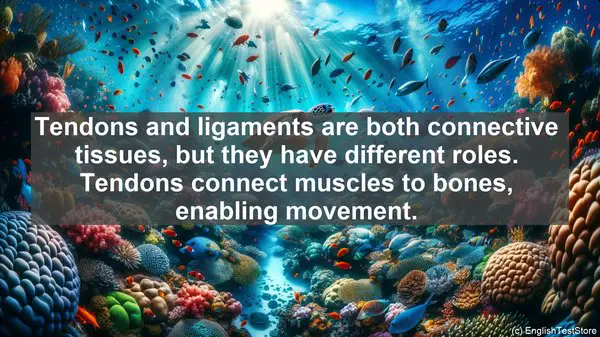Introduction: The Importance of Clear Communication in Kinesiology
Welcome to this lesson where we’ll be discussing the top 10 commonly confused words in Kinesiology. As students in this field, it’s crucial to have a strong grasp of these terms to ensure effective communication in our professional lives.
1. Kinematics vs. Kinetics
Let’s start with a classic confusion: kinematics and kinetics. While both terms deal with the study of motion, kinematics focuses on the description of motion, such as position, velocity, and acceleration, without considering the forces involved. On the other hand, kinetics delves into the forces that cause motion. So, think of kinematics as the ‘what’ and kinetics as the ‘why’ behind motion.
2. Hypertrophy vs. Hyperplasia
Next up, we have hypertrophy and hyperplasia, which are often used interchangeably when discussing muscle growth. However, they refer to different processes. Hypertrophy is the increase in muscle size due to the enlargement of existing muscle fibers, whereas hyperplasia is the increase in muscle size due to the formation of new muscle fibers. So, hypertrophy is about the growth of individual fibers, while hyperplasia is about increasing their number.
3. Flexion vs. Extension
Moving on, let’s clarify the difference between flexion and extension. These terms are commonly used when describing joint movements. Flexion refers to the bending of a joint, reducing the angle between two bones, while extension is the opposite, involving the straightening of a joint, increasing the angle between bones. For example, when you bring your forearm towards your upper arm, that’s flexion, and when you straighten it back, that’s extension.
4. Isotonic vs. Isometric
Now, let’s dive into the world of muscle contractions. Isotonic and isometric are two types of contractions. Isotonic contractions involve muscle length changes, such as when you perform a bicep curl. The muscle shortens during the lifting phase and lengthens during the lowering phase. Isometric contractions, on the other hand, don’t involve any visible movement. The muscle contracts, but its length remains the same. An example of an isometric contraction is pushing against an immovable object.
5. Endurance vs. Stamina
Endurance and stamina are often used synonymously, but they have slight differences. Endurance refers to the ability to sustain a physical activity for an extended period. It’s about the duration. Stamina, on the other hand, is the ability to perform a physical activity at a high intensity. It’s about the intensity. So, while both terms relate to physical capacity, endurance is about time, and stamina is about effort.
6. Proprioception vs. Kinesthesia
Proprioception and kinesthesia are terms used to describe our awareness of body position and movement. Proprioception specifically refers to the sense of the body’s position in space, while kinesthesia encompasses the perception of movement. So, if you’re able to close your eyes and still know where your limbs are, that’s due to proprioception. And if you can accurately perform a dance routine, that’s thanks to kinesthesia.

7. Tendon vs. Ligament
Tendons and ligaments are both connective tissues, but they have different roles. Tendons connect muscles to bones, enabling movement. Ligaments, on the other hand, connect bones to other bones, providing stability to joints. So, think of tendons as the ‘muscle-to-bone’ connectors and ligaments as the ‘bone-to-bone’ stabilizers.
8. Agonist vs. Antagonist
When it comes to muscle actions, we have agonists and antagonists. The agonist is the muscle responsible for the main action, while the antagonist is the muscle that opposes or reverses that action. For example, when you perform a bicep curl, the bicep is the agonist, contracting to lift the weight, while the tricep is the antagonist, relaxing to allow the movement.
9. Hypertonic vs. Hypotonic
Hypertonic and hypotonic are terms used to describe the tonicity of a solution. Hypertonic refers to a solution with a higher solute concentration compared to another solution. It causes water to move out of cells, leading to cell shrinkage. Hypotonic, on the other hand, refers to a solution with a lower solute concentration. It causes water to move into cells, leading to cell swelling.

10. Etiology vs. Pathology
Lastly, let’s differentiate between etiology and pathology. Etiology is the study of the causes or origins of a disease or condition. It’s about understanding why a condition occurs. Pathology, on the other hand, is the study of the nature and effects of a disease or condition. It’s about understanding the characteristics and consequences of a condition. So, etiology is about the ‘why’ and pathology is about the ‘what’ of a disease.
